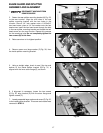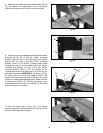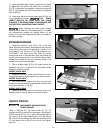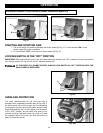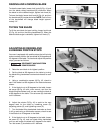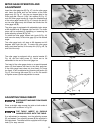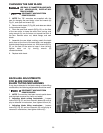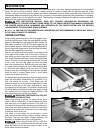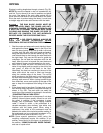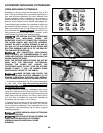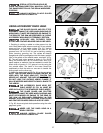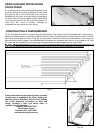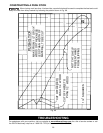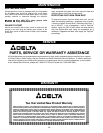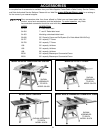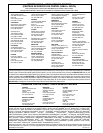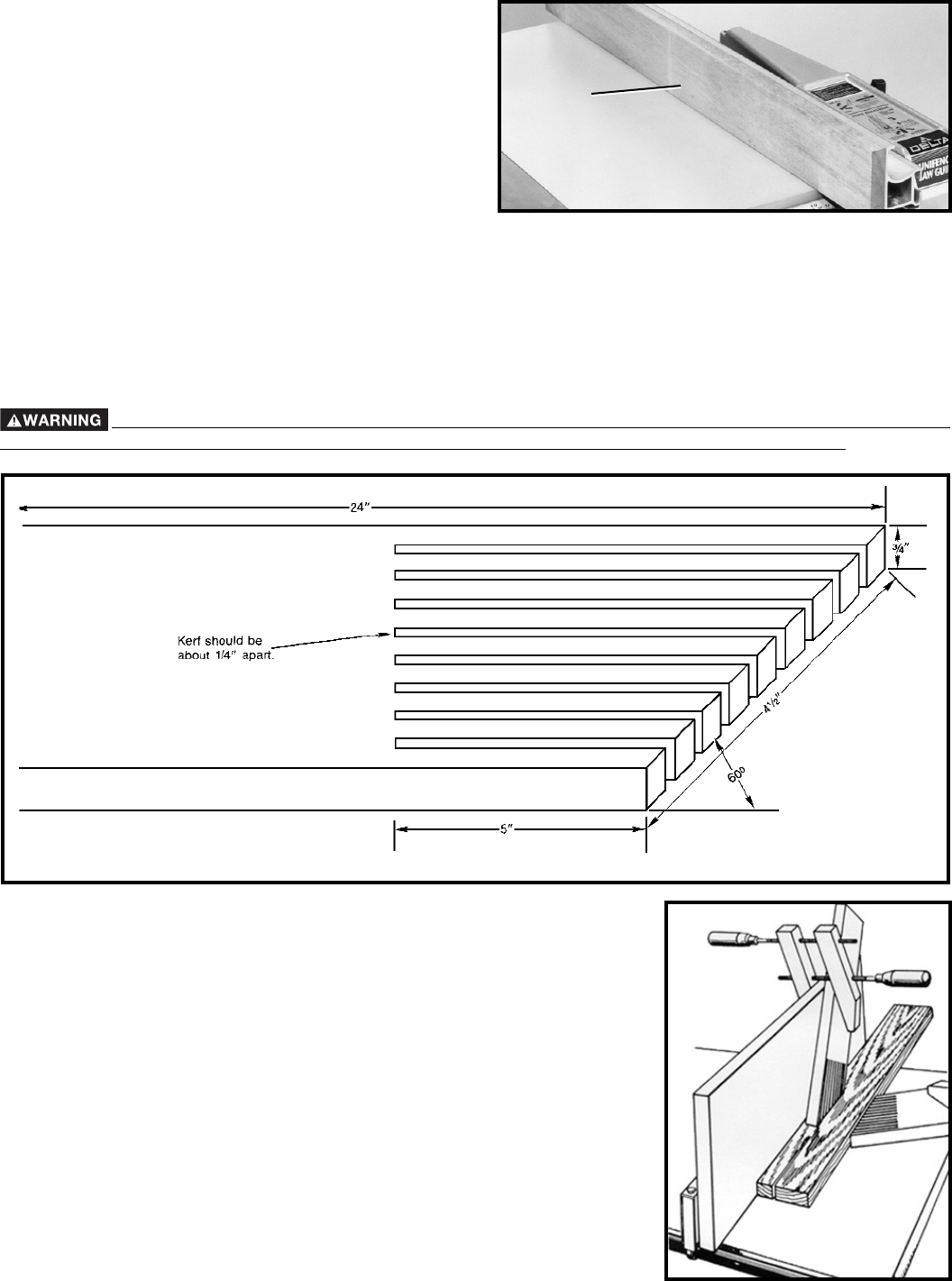
28
Fig. 66
USING AUXILIARY WOOD FACING
ON RIP FENCE
It is necessary when performing special operations such
as when using the moulding cutterhead to add wood
facing (A) Fig. 66, to one or both sides of the rip fence.
Depending on the fence, the wood facing is attached to
the fence either with wood screws through holes drilled
in the fence (as shown in Fig. 66) or with two clamps. For
most work, 3/4" stock is suitable, although an
occasional job may require one-inch facing.
A
Fig. 67, illustrates dimensions for making a typical featherboard. The material which the featherboard is constructed of,
should be a straight piece of wood that is free of knots and cracks. Featherboards are used to keep the work in contact
with the fence and table, as shown in Fig. 68, and help prevent kickbacks. Clamp the featherboards to the fence and
table so that the leading edge of the featherboards will support the workpiece until the cut is completed. An 8" high
flat board can be clamped to the rip fence and the featherboard can be clamped to the 8" high board.
Use featherboar
ds for all non “thru-sawing” operations where the guard and splitter assembly cannot be
used.
Always replace the guar
d and splitter assembly when the non thru-sawing operation is completed.
CONSTRUCTING A FEATHERBOARD
Further information on the safe and proper operation
of table saws is available in the Delta “Getting the
Most Out of Your Table Saw” How-To Book, Catalog
No. 11-400. Additional Information on table saw
safety, including a table saw safety video, is
available from the following:
POWER TOOL INSTITUTE
1300 Sumner Avenue
Cleveland, OH 44115-2851
www.powertoolinstitute.com
Fig. 68
Fig. 67



